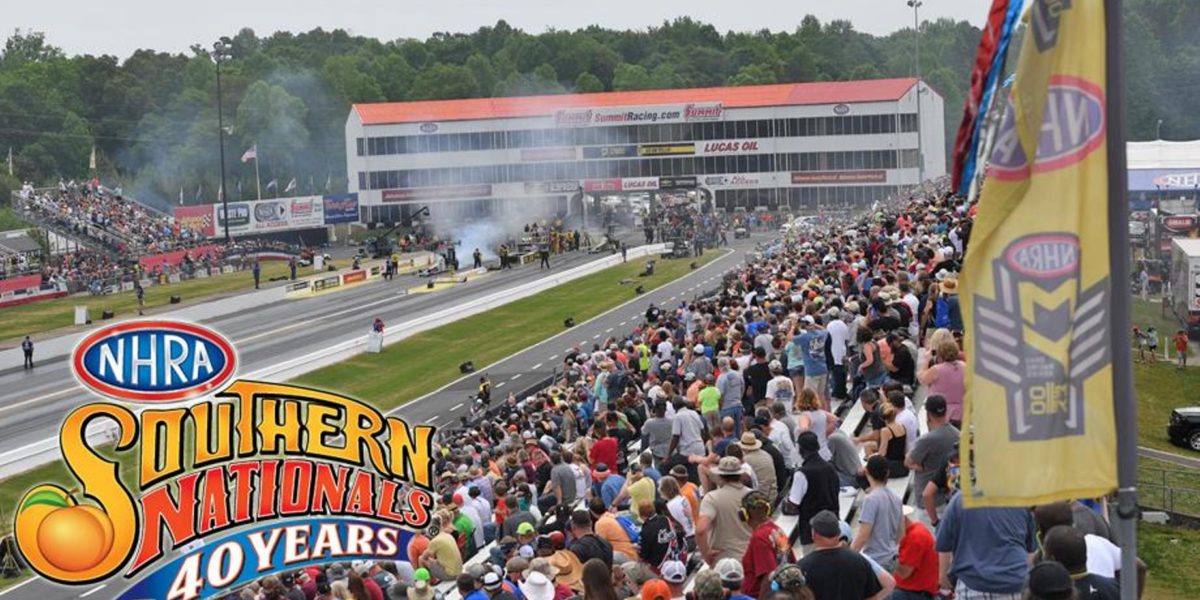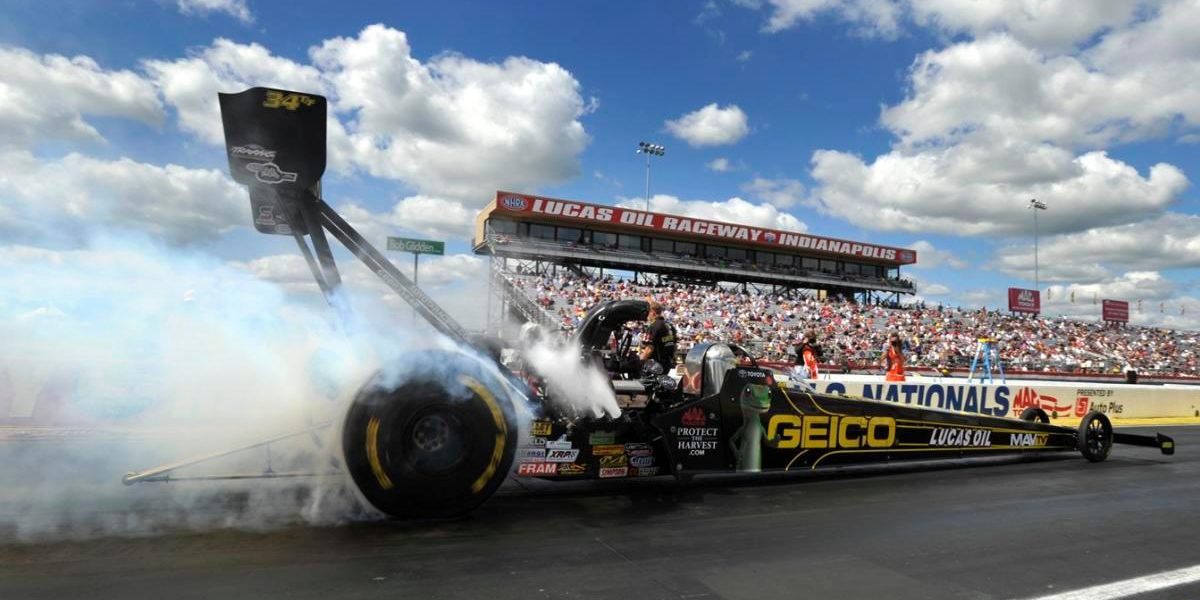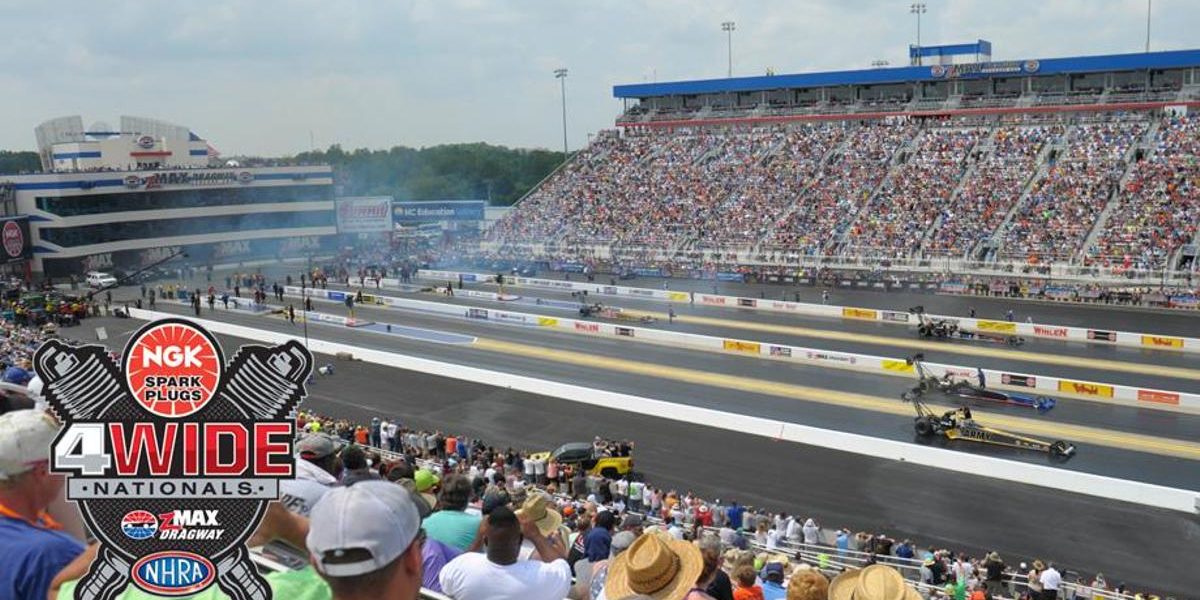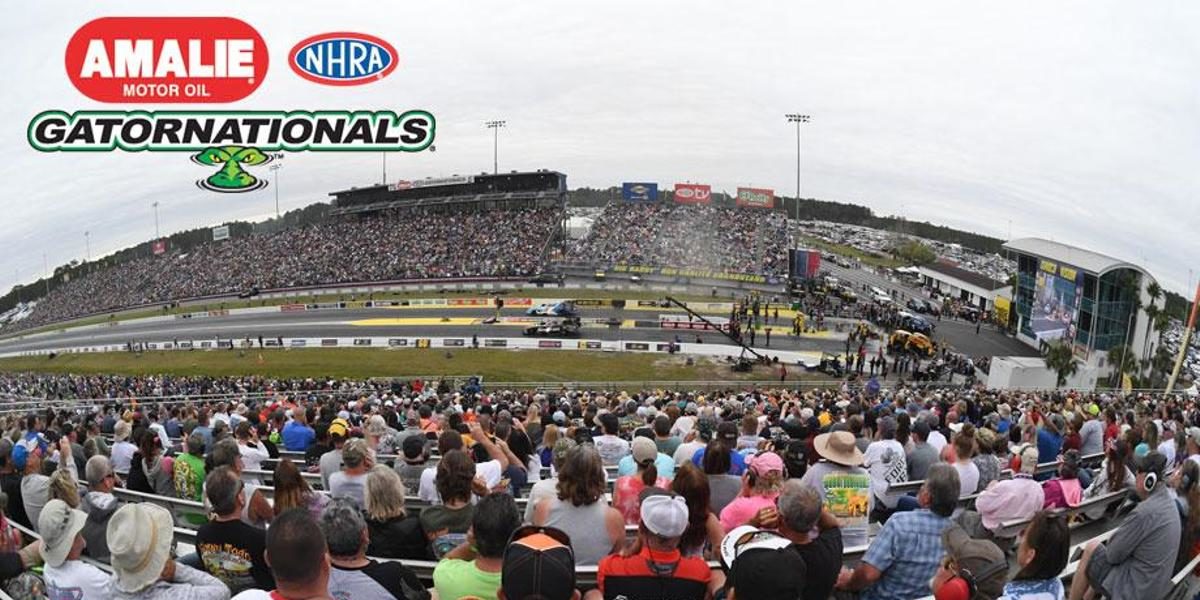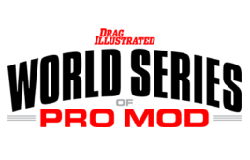1. Introduction and theoretical framework
Mathematics education supervisors and leaders have been encouraging the use of technology, such as Dynamic Geometry Systems (DGSs), in the classroom (for example, [3, 4, 5, 6, 7]). Several studies in the teaching and learning of Geometry have shown that a DGS can foster learners’ constructions and ways of thinking, and they have shown how, thanks to the dragging tool, a DGS can be powerful for explorations in open problem situations [8, 9, 10]. In this chapter we focus on reasoning and conjecture-generation in Geometry when a DGS, and in particular, the dragging tool, is used. A feature offered by a DGS is the dragging tool, that can be exploited in various ways by the solver, and that can support conjecture-generation. Research carried out by Arzarello, Olivero, Paola, and Robutti [9, 11] led to the description of a set of dragging modalities, classified through an a posteriori analysis of solvers’ work, that can be...
Read More...



